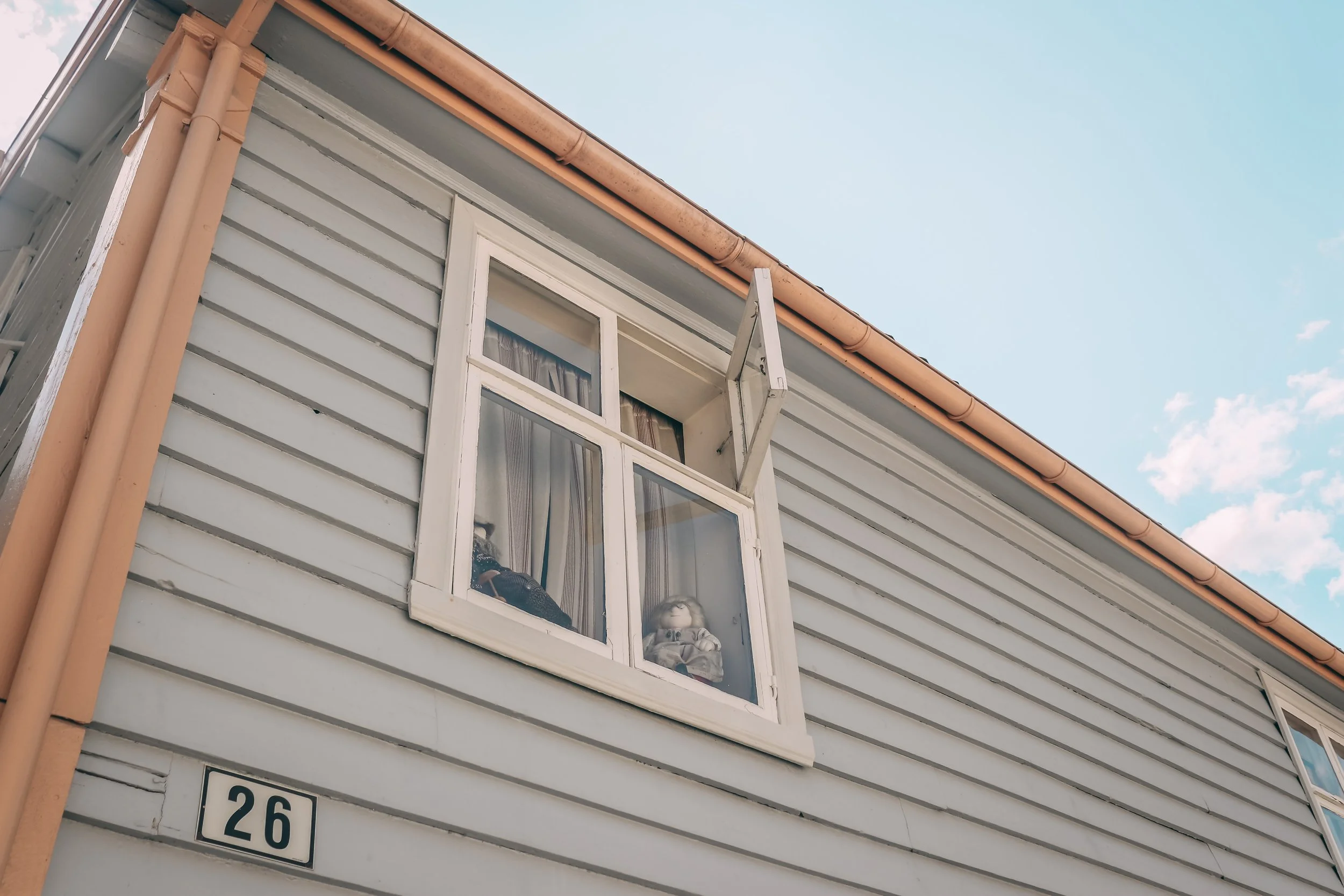Exploring the Pros and Cons of Overlapping Siding for Your Home
As a homeowner, you know that updating your home’s exterior is a critical investment for enhancing its appearance and value. With numerous siding options available—including traditional lap siding, vinyl lap siding, and insulated siding—making the right choice can be a daunting task. That’s where we come in—we understand the importance of this decision and are here to help you every step of the way.
If you’re considering a fresh new look for your home’s exterior, overlapping siding could be the solution you’ve been searching for. We’ll dive into the pros and cons of this popular option, providing you with valuable insights to make an informed decision that best suits your needs. Transform your home with confidence and discover whether overlapping siding is the perfect fit for your vision.
Understanding Overlapping (Lap) Siding
Overlapping siding, also known as lap siding or traditional lap siding, is a type of exterior cladding that consists of long, horizontal boards overlapped to shed water effectively. This design not only helps protect your home’s sheathing and structure from moisture damage but also enhances the overall appearance with classic curb appeal.
But with so many siding materials out there—wood, cedar, vinyl, or fiber cement—you might be asking yourself, “Is overlapping siding the right choice for me?”
Let’s explore the different types of lap siding to get a better understanding.
Types of Lap Siding: Comparing Materials
Lap siding comes in various materials, such as:
Wood
Fiber cement
Vinyl
Each has its pros and cons, but today, we’re focusing on LP SmartSide, a popular choice known for its durability, easy maintenance, and low environmental impact.
LP SmartSide: The Modern Siding Choice
LP SmartSide is an engineered wood siding product that offers the beauty of freshly painted wood siding with the added benefits of increased durability and resistance to moisture, insects, and impact. It’s made from a combination of wood fibers and resin, which gives it a natural appearance while providing superior protection against the elements.
So, what makes LP SmartSide stand out from other siding options?
There are several key factors that set LP SmartSide apart from traditional wood, fiber cement, and vinyl siding options:
Durability: LP SmartSide is engineered to withstand harsh weather conditions, including strong wind, rain, and extreme temperature changes. The durable construction helps prevent cracks, holes, or split seams.
Resistance to Moisture and Insects: LP SmartSide contains zinc borate, which helps guard against rot, moisture damage, and insect intrusion—ensuring longevity and better insulation for your home’s wall system.
Authentic Wood Appearance: LP SmartSide mimics the texture of natural cedar, giving it an authentic wood look that complements various home styles. Even when used on upper walls or beneath soffits, it enhances aesthetic appeal.
Low Maintenance: Unlike traditional wood siding, which may require frequent upkeep like sealing or staining, LP SmartSide is designed for easy maintenance. It’s resistant to peeling, chipping, and fading—so you spend less time with a trim nail and more time enjoying your home.
Environmentally Friendly: Manufactured using wood from sustainably managed forests and recycled wood waste, LP SmartSide supports eco-conscious building without sacrificing performance.
Customizable Options: From the thickness of the panel to the style of the trim and J channel, LP SmartSide lets you customize every detail—from the bottom course to the top piece.
Ease of Installation: Lighter than fiber cement, it’s easy to handle, fastened securely, and quicker to install—reducing time and cost.
Warranty: Backed by a 50-year limited warranty, LP SmartSide covers materials and labor, giving homeowners confidence in their siding installation investment.
Horizontal Siding: Classic Appeal and Protection
Horizontal siding, like Dutch lap or clapboard, runs parallel to the ground with each board overlapping the one below it. This creates a tight seal that prevents water from entering through seams or weep holes and helps shield your home’s foundation and insulation from moisture.
Aesthetically, horizontal siding can:
Create a sense of continuity and flow across your home’s wall structure
Enhance balance in the home’s appearance while complementing rooflines and door trims
With LP SmartSide’s array of styles and finishes, horizontal siding becomes a versatile and stylish choice for every homeowner.
Vertical Siding: Adding Depth and Dimension
On the flip side, vertical siding—such as board and batten or channel rustic—runs perpendicular to the ground. Each board overlaps its neighbor vertically, offering exceptional water resistance and helping moisture to drain downward from the roofline to the foundation.
Vertical siding can:
Visually elongate a home and make it appear more stately
Break up boxy architecture by adding depth and dimension
Paired with the right trim and starter strip, vertical siding provides both visual interest and practical benefits.
The Importance of Proper Siding Overlap
You might be wondering, “Is overlapping really necessary?”
The short answer is yes.
Proper siding overlap is crucial for preventing water intrusion, especially at vulnerable points like around windows, trim, and J channel edges. Without overlap, water can seep in at joints and edges, causing damage to insulation, sheathing, and potentially your home’s interior structure.
So, it’s safe to say overlapping siding isn’t just a good idea—it’s essential.
Determining the Ideal Siding Overlap
The correct overlap—typically 1 to 1.5 inches—depends on your siding material and regional climate conditions. This applies whether you’re installing horizontal lap siding or vertical boards. The overlap must be sufficient to direct water away from seams, gaps, and nail points while maintaining aesthetic appeal.
Factors influencing overlap include:
Material type and thickness
Local wind and temperature patterns
Installation technique and presence of foam or vapor barrier insulation
Getting the bottom course right is just as important as the top course—both need to be properly aligned and overlapped to prevent issues down the road.
Choosing the Right Siding: Trust Prellwitz Exteriors
Your home’s exterior deserves professional care and attention to detail. From installing overlapping siding with precision to ensuring tight seams around your windows and corner posts, Prellwitz Exteriors is committed to delivering top-tier results.
Whether you’re replacing old panels, upgrading from vinyl to engineered wood, or simply want a durable, low-maintenance solution, our team can help you create a siding plan that fits your home and your budget.
Ready to explore the possibilities of overlapping siding? Contact Prellwitz Exteriors today for a quote or consultation, and let us help you protect and beautify your home—one board at a time.

